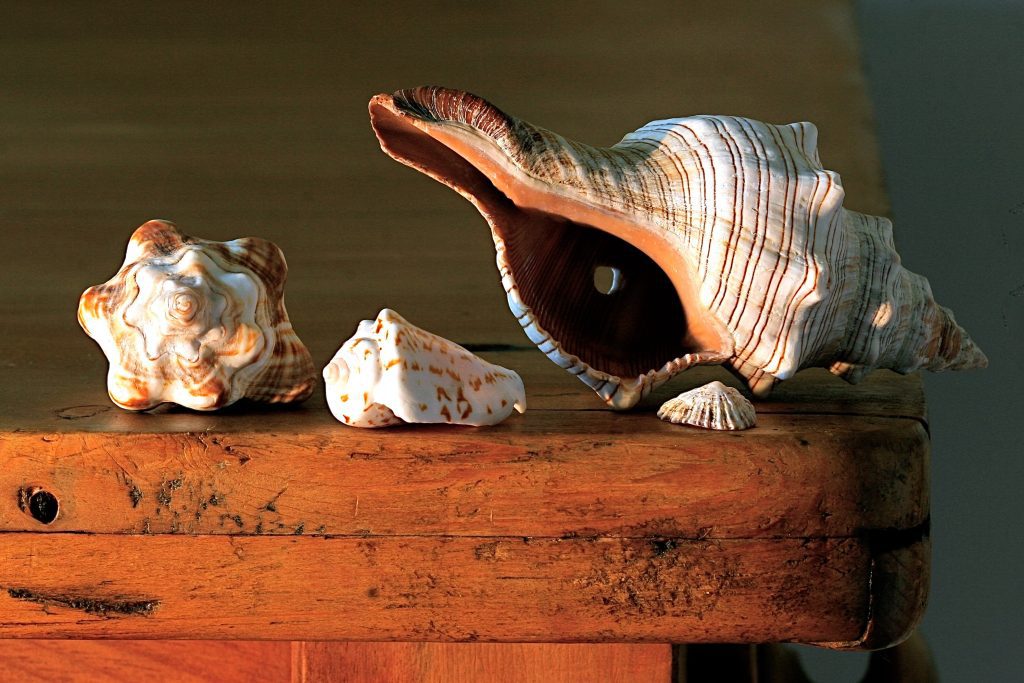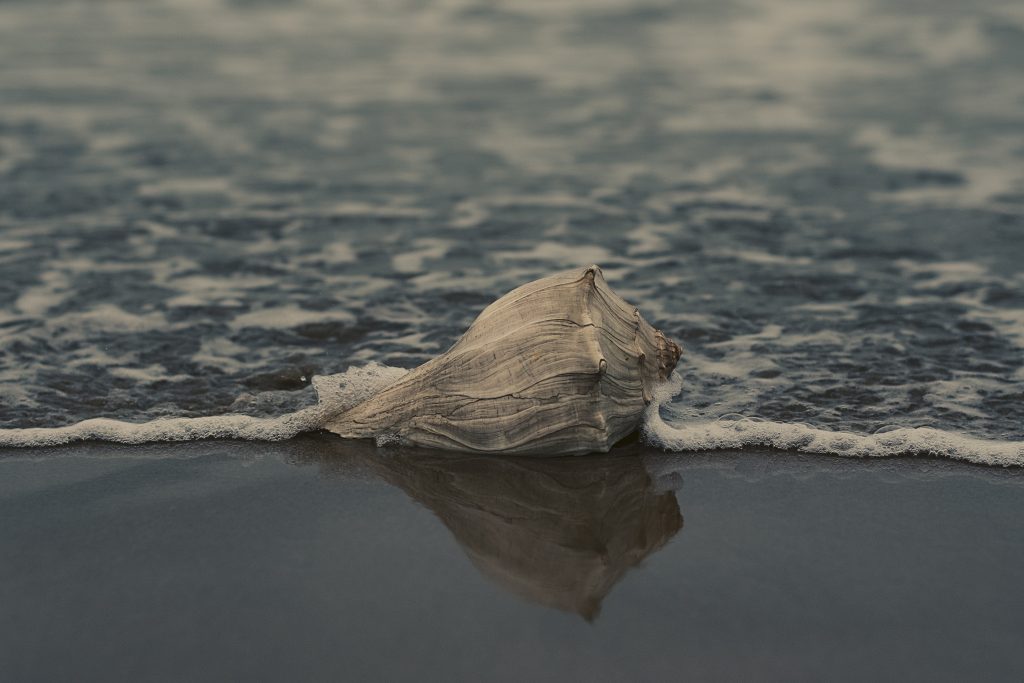The Conch Shell Dilemma: To Take Or Not To Take?
Queen conch, also known as Strombus gigas, is a well-known species of sea snail that’s easily recognizable by its large, spiral-shaped shell, which is usually pink or orange on the inside. These creatures move around by dragging their foot or horn along the seafloor.

The entire conch, including its meat and shell, is highly valued and has been a staple food source in the Caribbean for centuries. They can be found in picturesque places like the Bahamas, Bermuda, Florida Keys, and the Caribbean Islands. They mate by releasing about 400,000 eggs into the ocean.
Conchs play an important role in the ocean, both as consumers of plants and as prey for other sea creatures like shrimp, crabs, lobsters, and sea turtles. They help keep seagrass meadows healthy by removing excess algae and organic material, but overfishing has led to a decline in their populations.
In the 1980s, Florida Keys suspended its conch harvesting industry and set up marine preserves, but so far, it hasn’t had the desired effect. To prevent a similar situation, experts are now recommending stricter measures to protect the Caribbean’s conch populations.

It is not recommended to take a conch shell from the beach as it can have negative impacts on the local ecosystem and the species that depend on it. Conch shells are a vital part of the marine environment and serve as shelter and habitat for many marine creatures.
Taking shells from the beach can disturb the balance of the ecosystem and harm the species that depend on them. Additionally, in some areas, it may also be illegal to take conch shells from the beach.
To protect the environment and its inhabitants, it is best to leave shells where they are and enjoy them in their natural setting.
